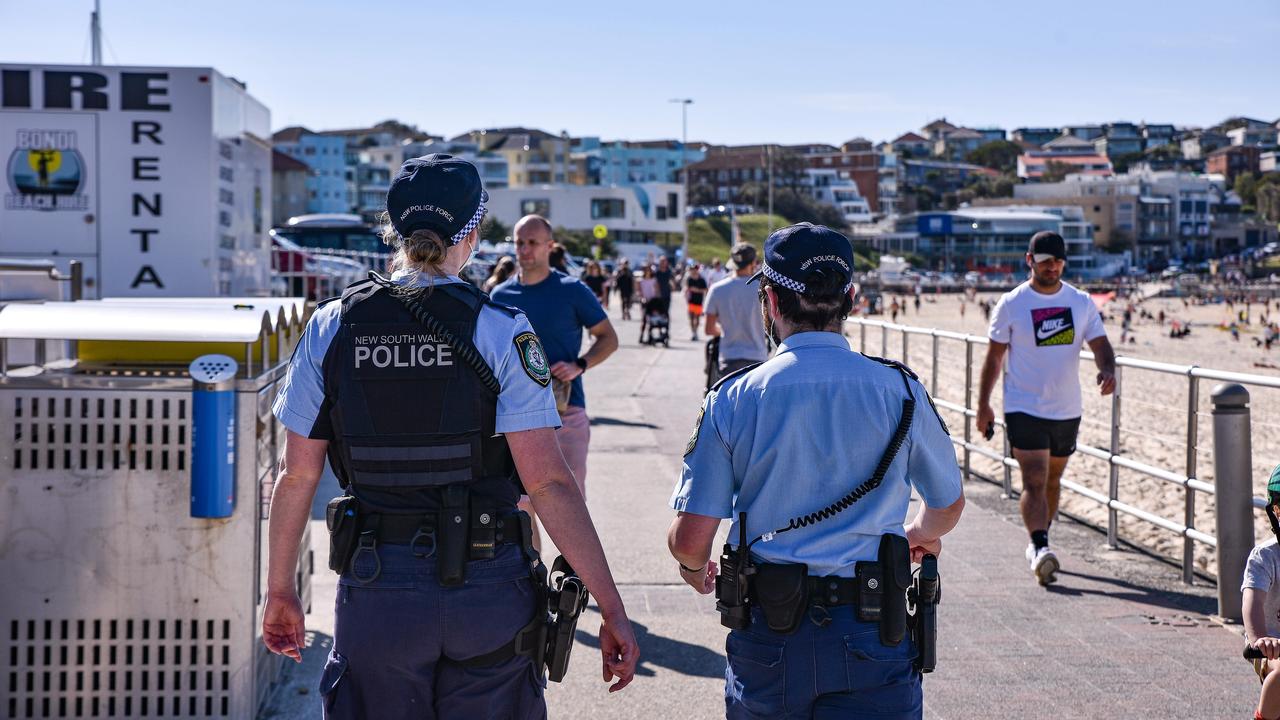Ford pins hopes on the car that doesn't exist
A system that allows engineers "to sit in a car that doesn't exist" is part of Ford Australia's design studios.
A VIRTUAL-REALITY system that allows engineers "to sit in a car that doesn't exist" is part of a wholesale refit of Ford Australia's design studios to cement its role as regional leader for the brand's vehicle development.
The $500,000 system, which relies on Hollywood technology to capture the movement of actors for animation, is thought to be unique in the industry.
It links with two identical systems, in Ford's Dearborn headquarters in the US and at its European design centre in Cologne, so that remote engineers can all work on the same project.
Special headsets immerse the engineers in the cabin of a yet-to-be-built design and allow them to test ergonomics, switch positions and visibility, for example, while others monitor their movements on a 3D screen.
The system delivers full 360-degree views of the cabin and exterior and even lets developers peer under surfaces to see the structures below. In reality, the driver and passenger are sitting on car seats in a small darkened room.
Ford Australia president Bob Graziano said the refit confirmed Australia's central role in the company's global development operations as the leading studio for its region, which includes China and India.
"We are the centre of excellence for design and engineering in the Asia Pacific and Africa region and one of only three in the Ford world," he said yesterday. "There's been a lot of focus on our manufacturing, but here is where it all begins."
He cast aside doubts about the viability of Ford's nearby Broadmeadows factory, which builds the Falcon and Territory, but said that "we believe you can have research and development without manufacturing".
Ford Australia has previously worked on a small car for India called Figo as well as being the centre of development for the brand's global utility, the Ranger, which was launched last year.
The design studio refit, thought to cost about $2 million, also included a huge 6m by 3m screen to review work in progress.


